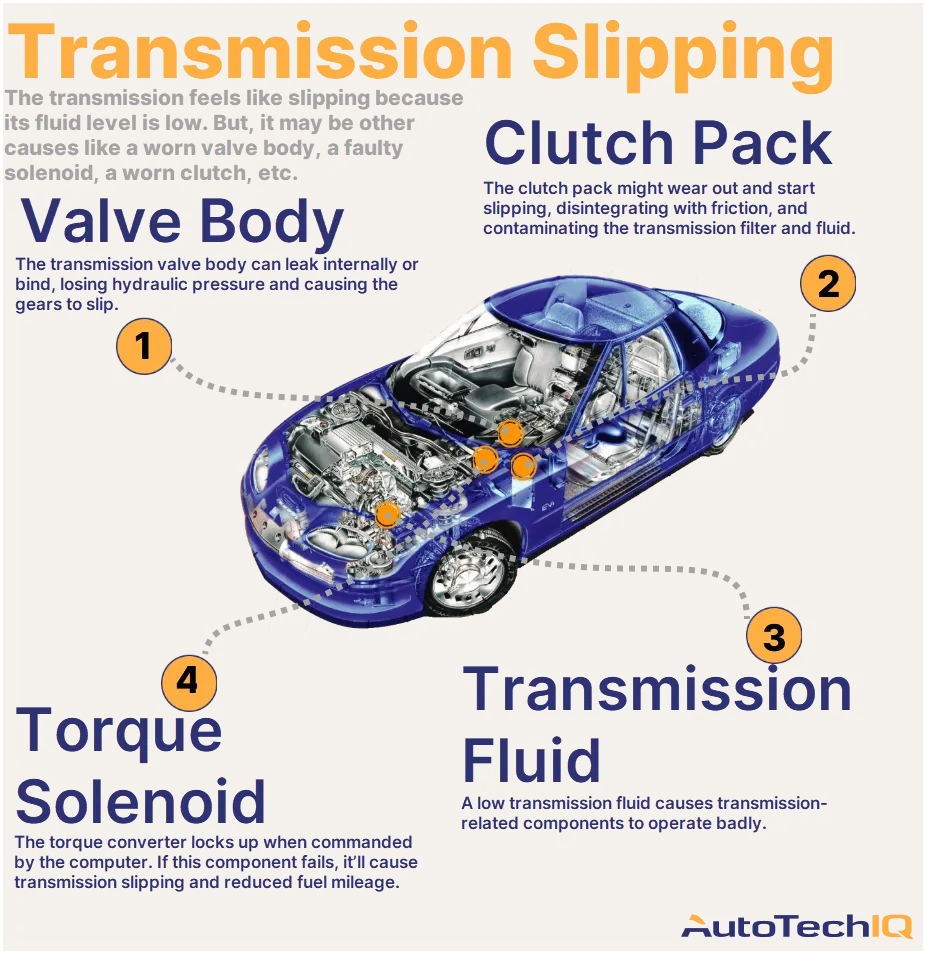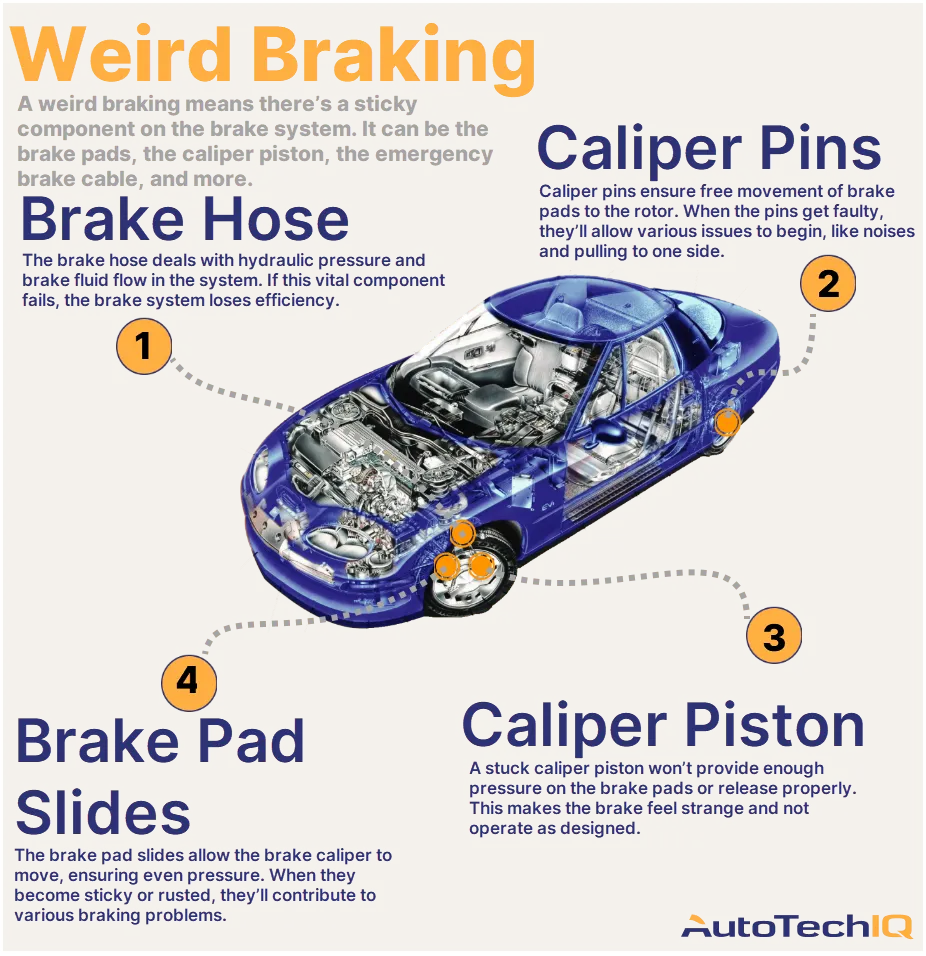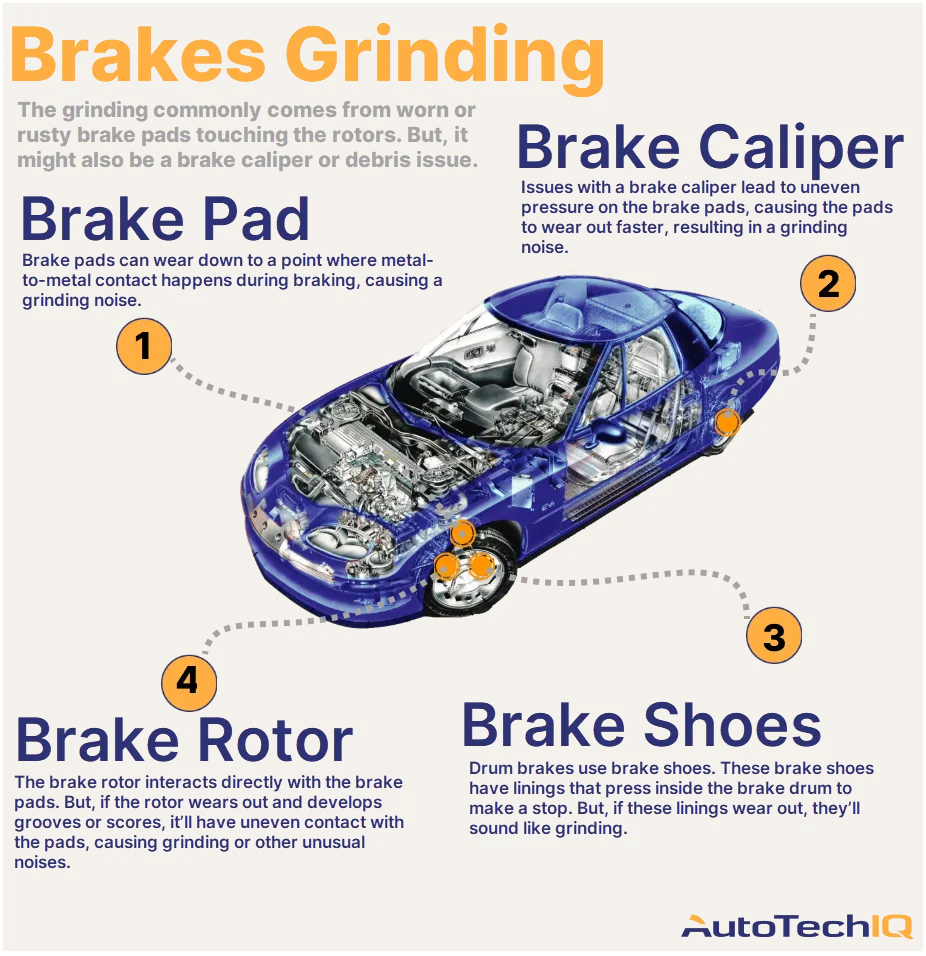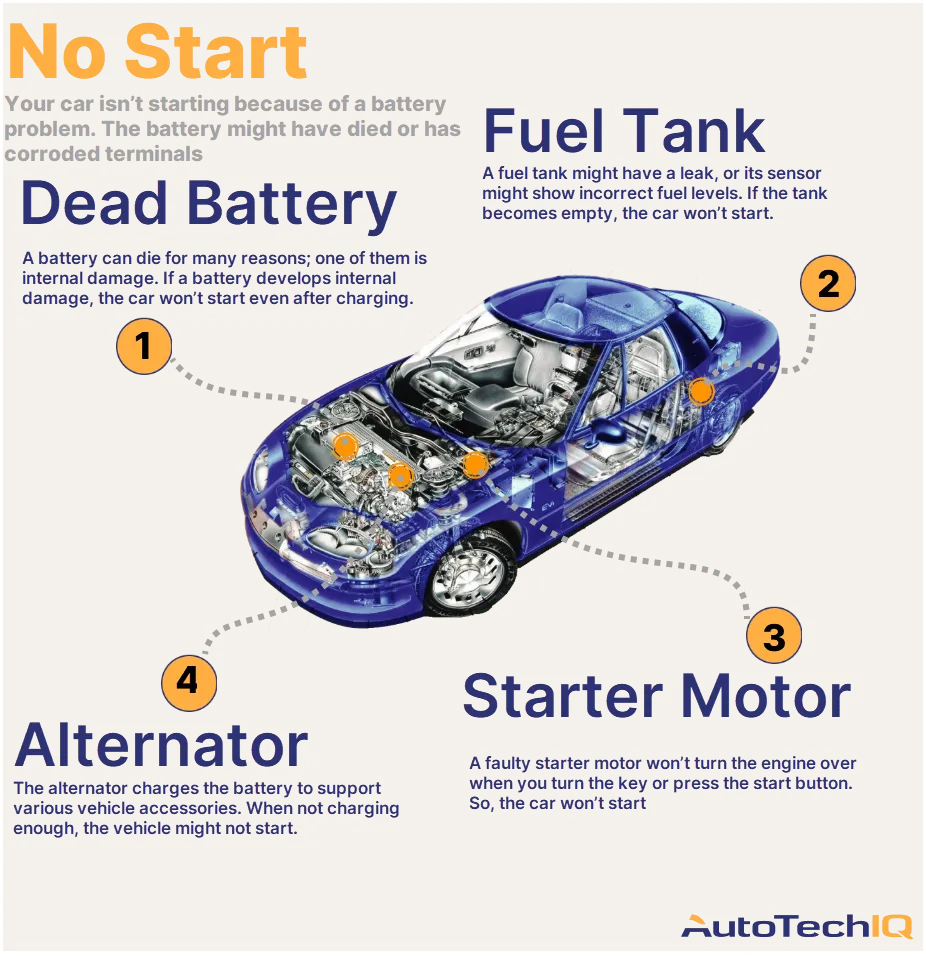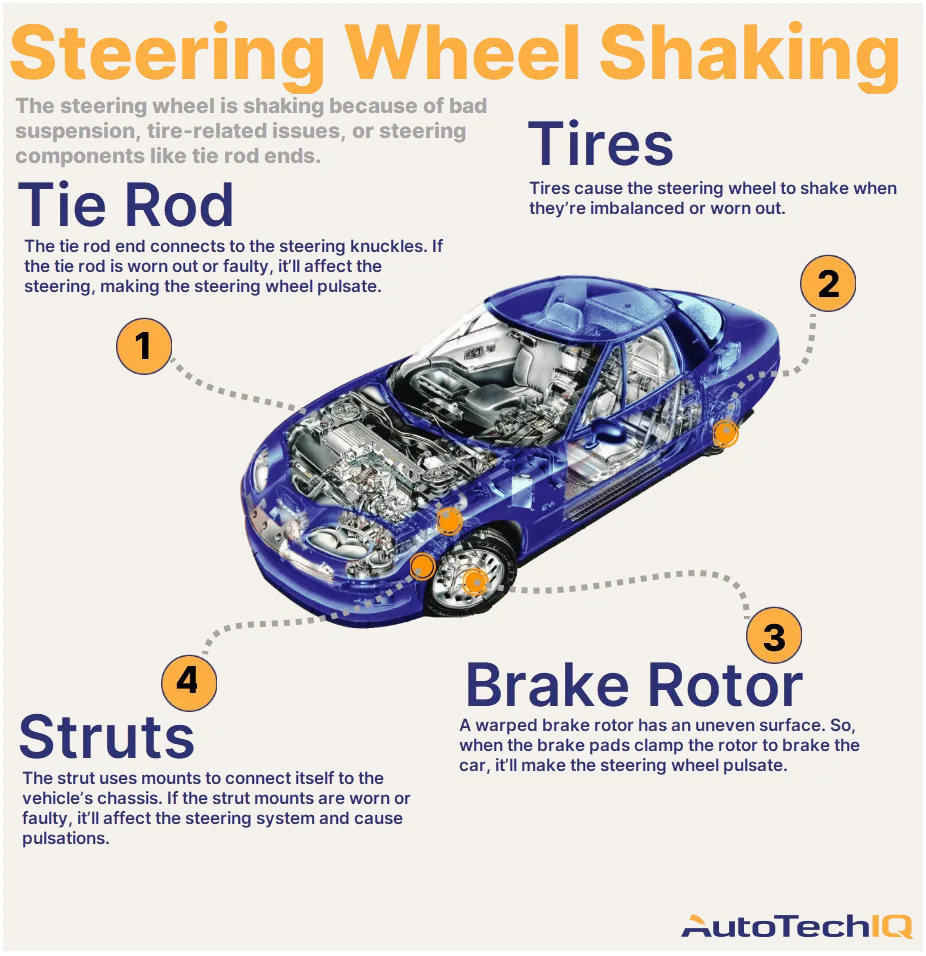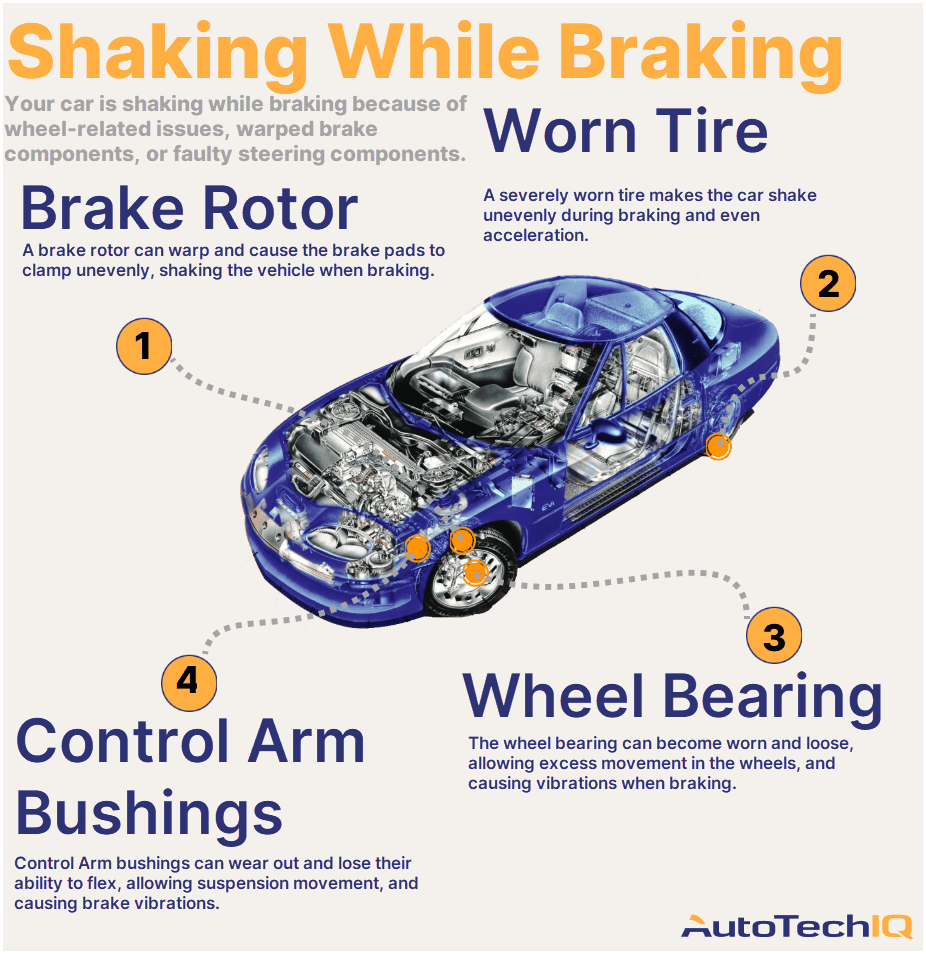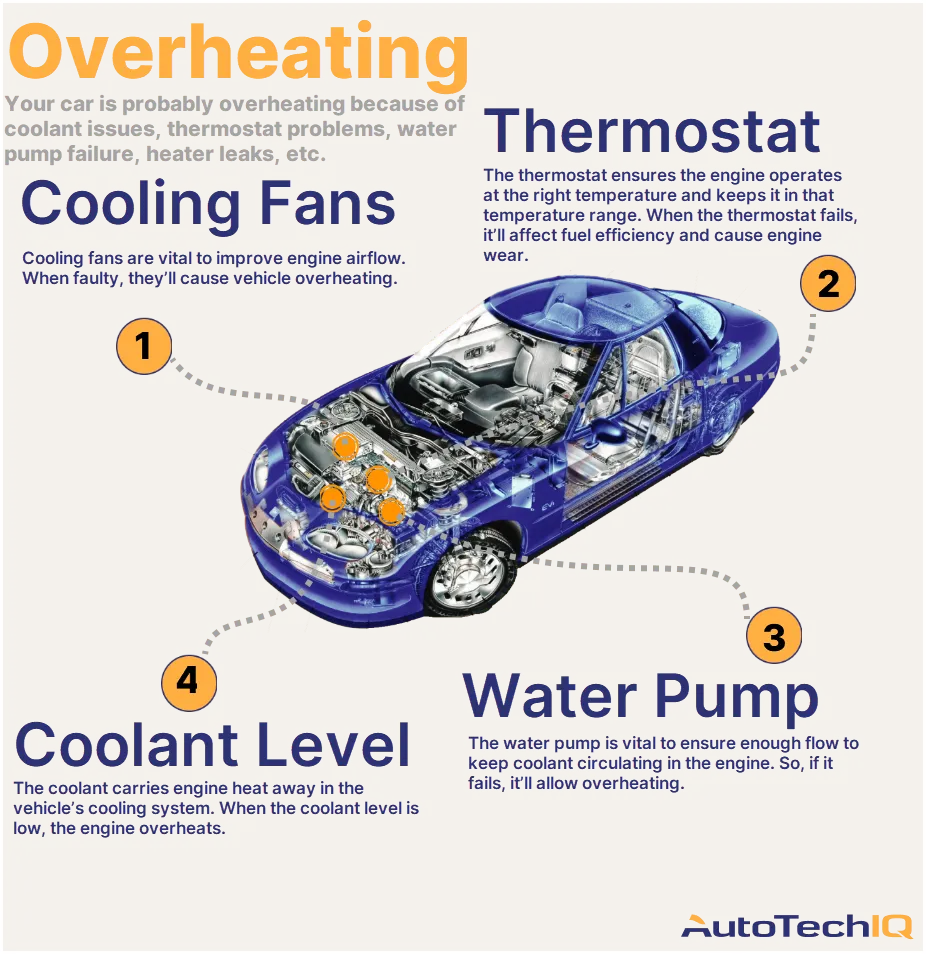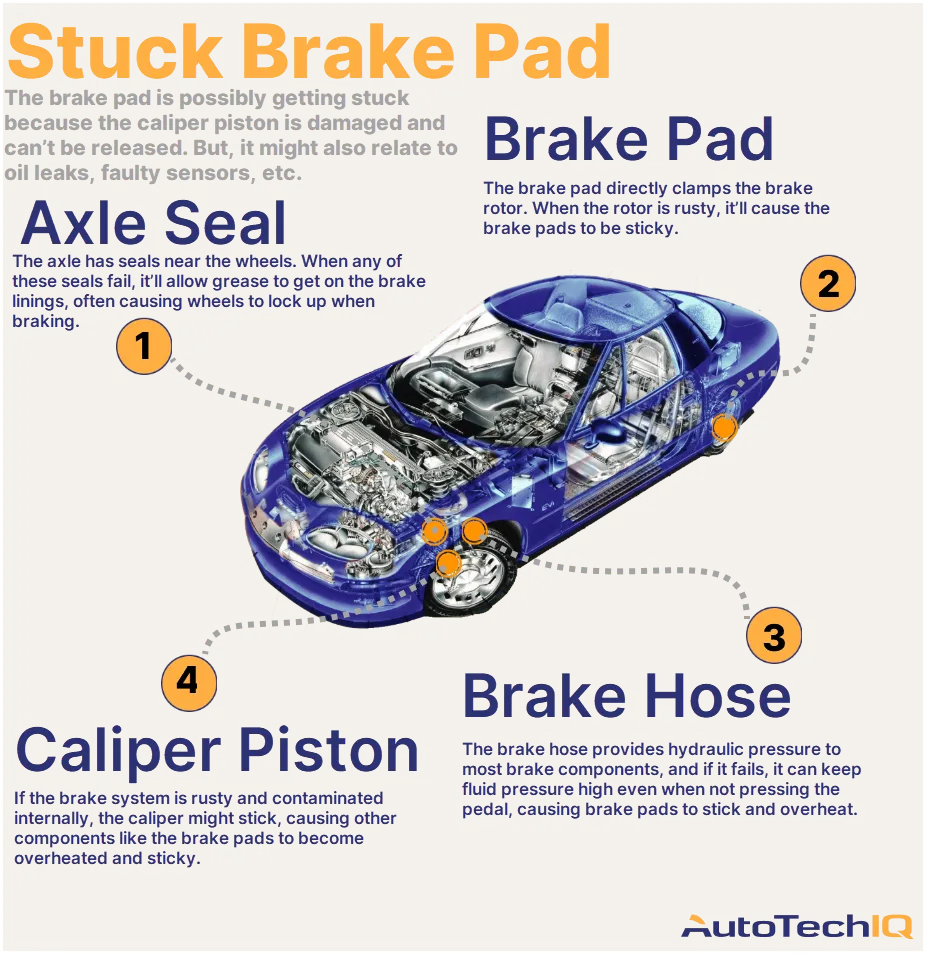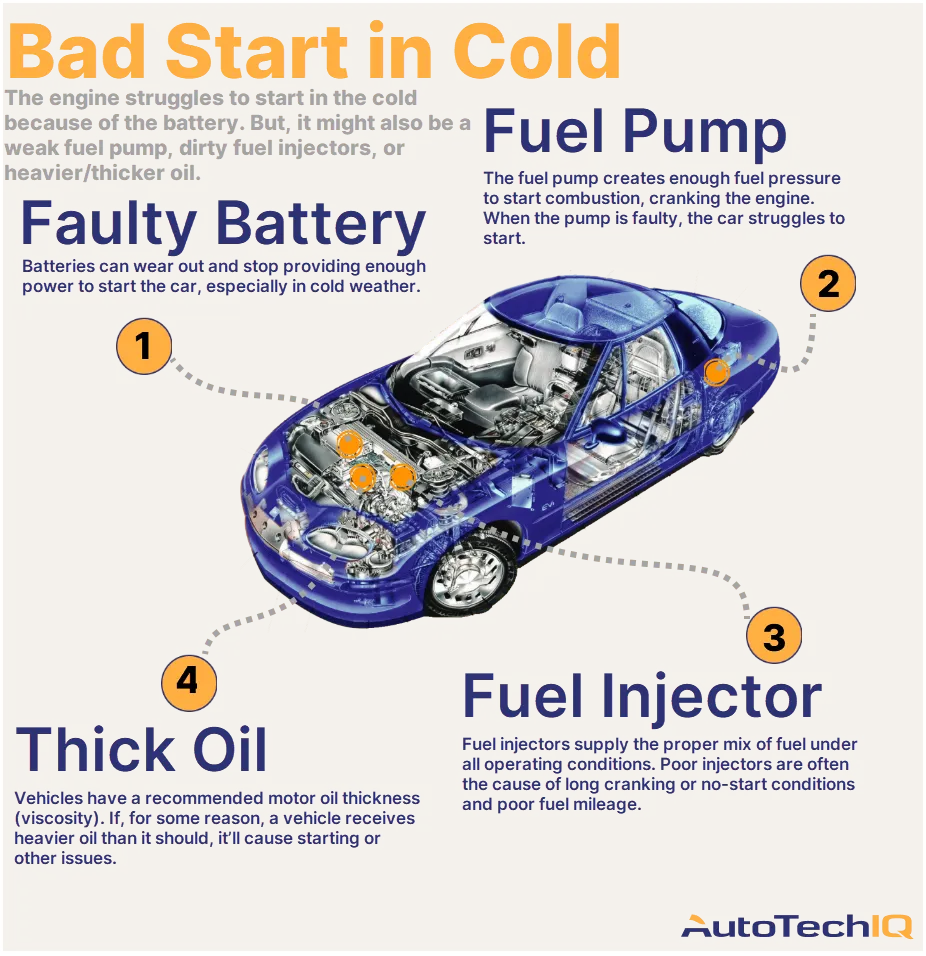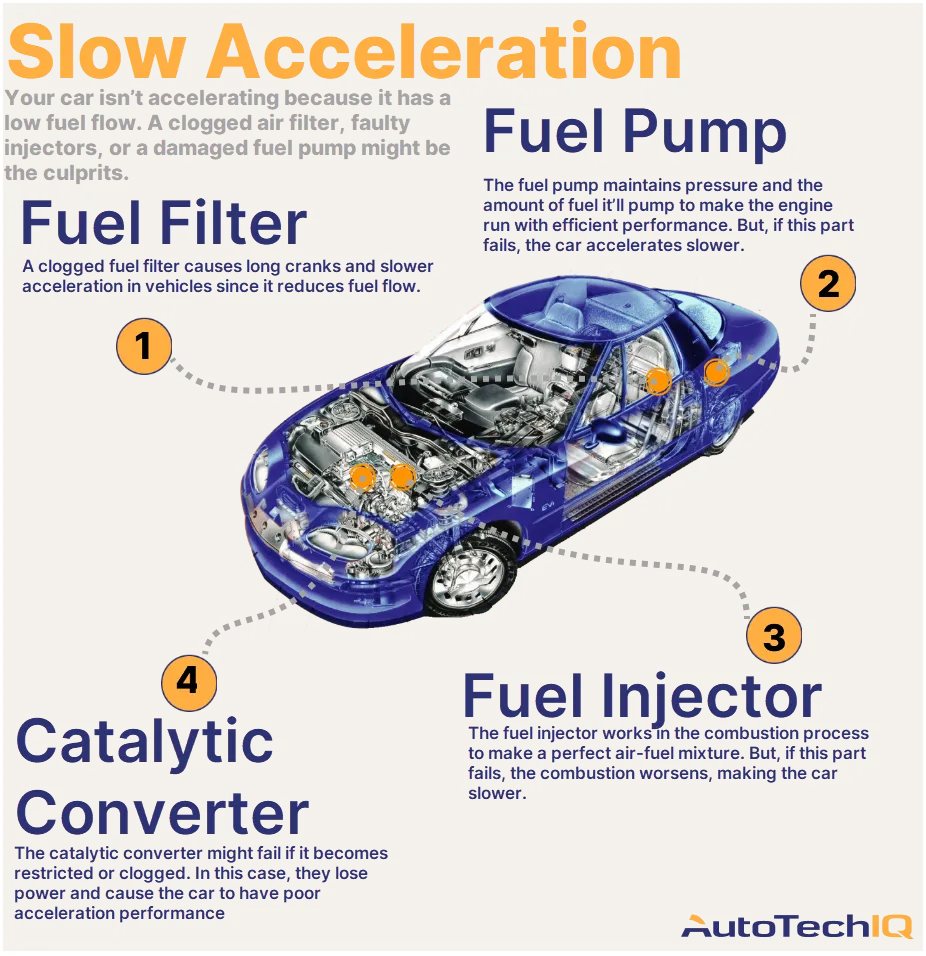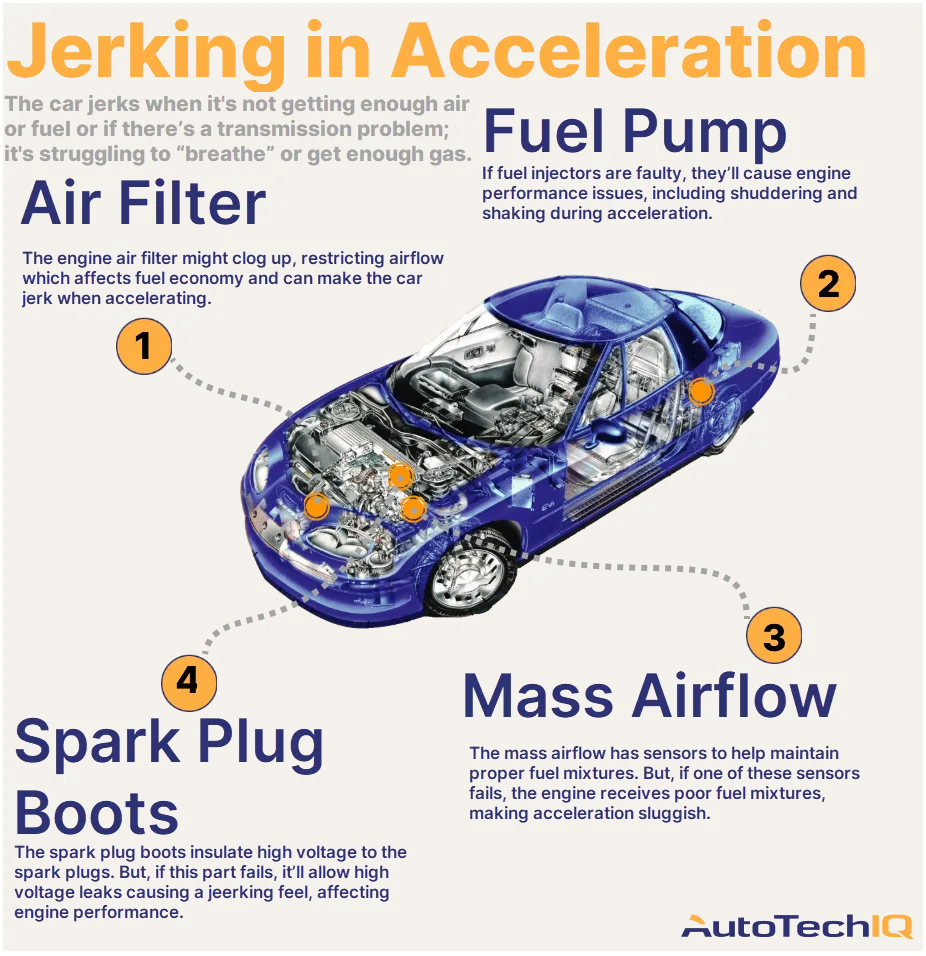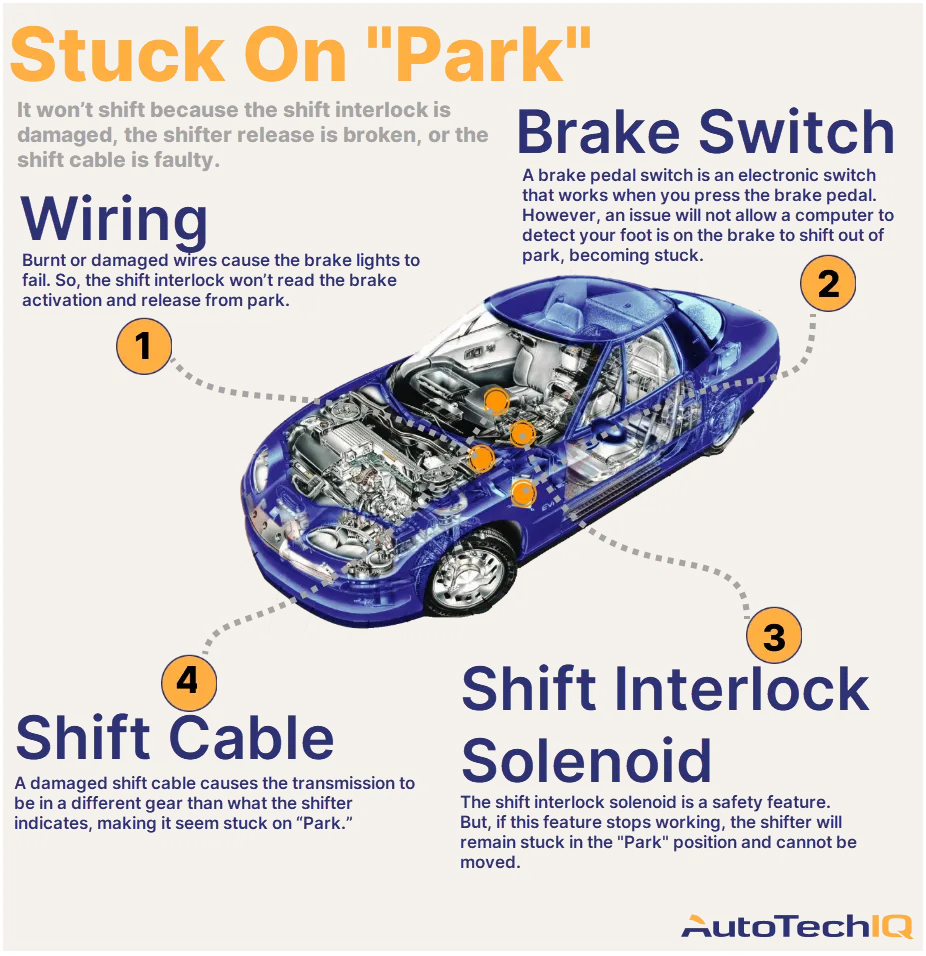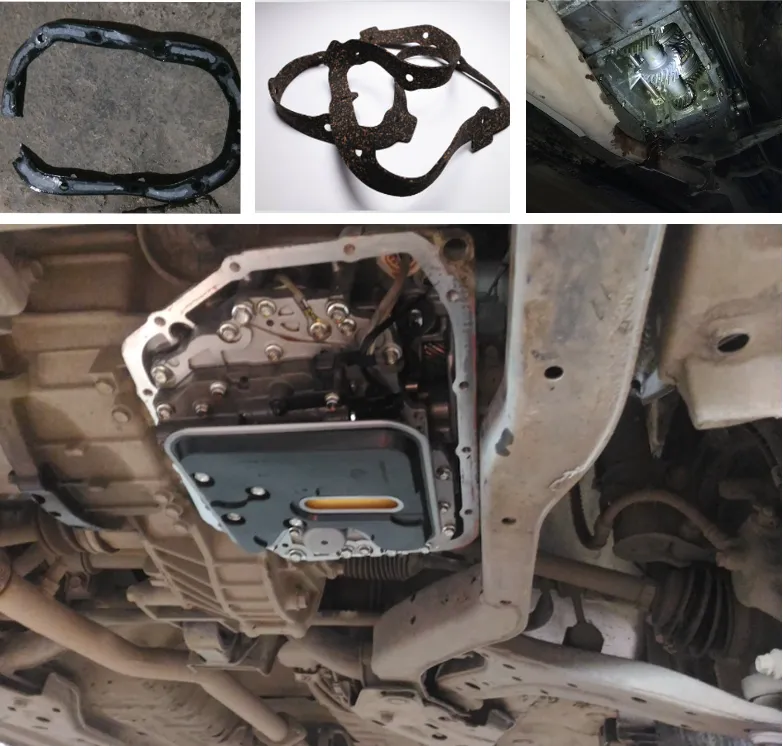
The transmission pan gasket is a seal placed between the pan and the transmission housing. Its primary function is to prevent the leakage of transmission fluid. The pan gasket is used in both manual and automatic transmissions.
Depending on the type of transmission, gaskets come in various sizes and may be made from different materials, such as rubber, cork, rubber-metal composites, and those reinforced with steel.
Over time, due to the effects of oil and temperature, the material from which the gaskets are made can degrade, specifically harden, develop cracks, and gradually allow oil to seep through. This can be quite dangerous since, for the transmission to work flawlessly, its components must be well-lubricated, protected from corrosion and contaminants, and shielded from overheating.
Signs of gasket wear:
- If you notice a reddish liquid spot (for AT) or a typical oil stain (for MT) where the car was parked, it indicates a transmission fluid leak. This, in turn, suggests that the transmission pan gasket might have cracked and is leaking.
- If, while driving, the gears start to slip or you hear increasingly odd sounds coming from the transmission, it's likely that the gasket has already begun to leak, and you're driving with a dangerously low level of transmission fluid.
- Oil leaks around the perimeter of the pan.
- A decrease in the oil system's pressure, indicated by the respective sensors on the dashboard.
- A reduction in the oil level in the sump, which can be checked with a dipstick.
Identifying a combination of these signs indicates an urgent need for repair. If delayed, it can cause significant damage to the transmission. Even if you consistently top up the oil in the sump, you won't be able to maintain steady pressure in the system. At some point, the transmission will forcibly expel all the oil, and it might seize up at an inopportune moment.
If you're unsure about your capabilities and doubt that you can handle the issue on your own, the best solution would be to visit a repair shop where they can replace the gasket and stop the leak swiftly and hassle-free. This can prevent more severe transmission issues. Auto service professionals will also perform a diagnosis to identify the root cause of the problem, helping to avoid recurrent issues after the gasket replacement. They possess not only the necessary skills but also specialized equipment and tools to carry out the job efficiently and effectively.
Furthermore, if you encounter this problem, it's advisable to avoid aggressive driving styles to prevent placing additional strain on the transmission. This will help to prevent further damage and maintain the vehicle's functionality.
Causes of gasket wear include:
- Poor quality of the material from which the gasket is made;
- Natural wear and tear;
- Presence of hidden micro-cracks;
- Mechanical damages due to incorrect installation;
- Impact or other forces on the pan causing gasket deformation;
- Excessive internal pressure, perhaps due to a blown head gasket leading to coolant mixing with the oil.


